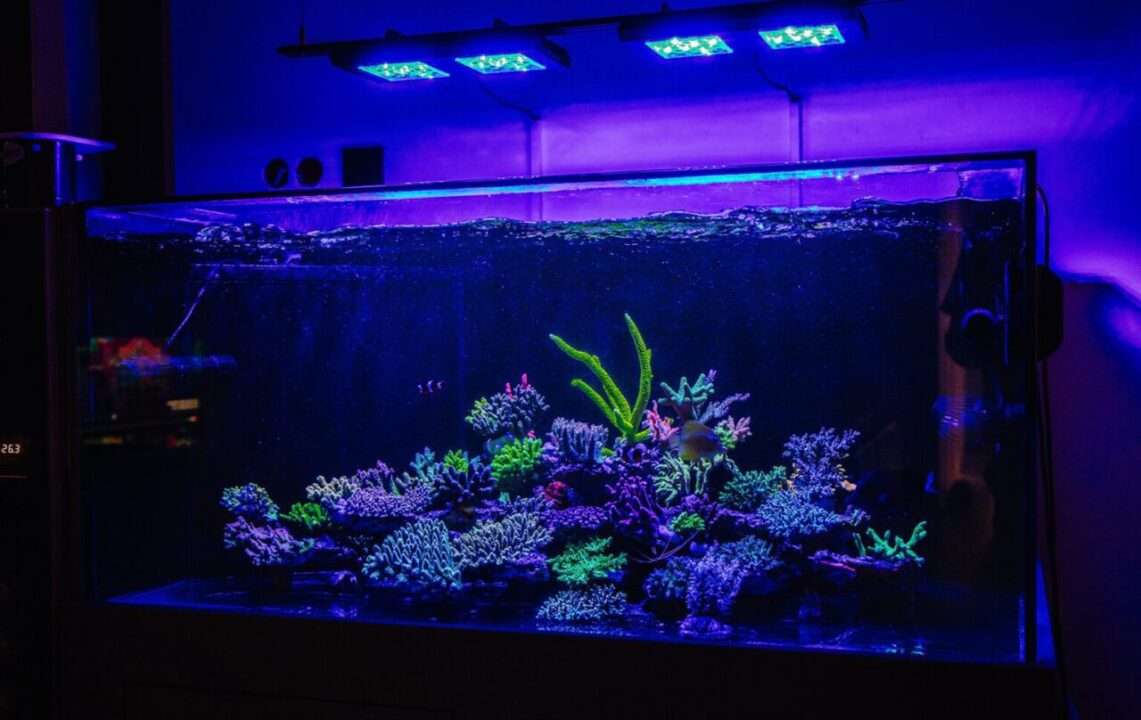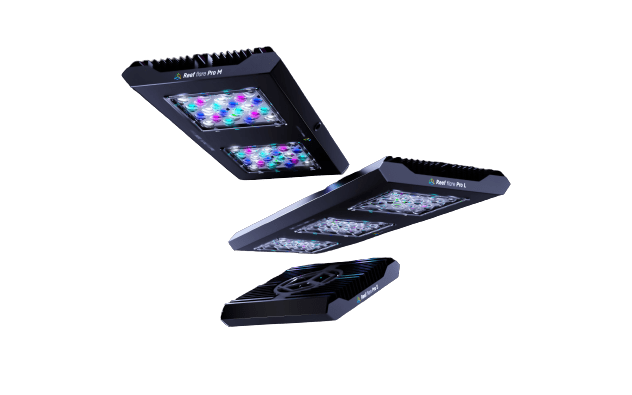Table of Contents
Introduction – where to place a coral?
“Where to place a coral” is a common question that marine aquarium enthusiasts frequently ask. Proper coral placement requires both a scientific approach and an artistic touch. Thus, it is important to consider several key factors. First and foremost, for corals to grow healthily, you must account for their specific needs. This includes light, water flow, and available space within the aquarium to ensure they exhibit their best colors.
Moreover, strategic placement is crucial to avoid conflicts between corals and ensure they do not compete for space or resources. This allows them to thrive in optimal conditions without unnecessary stress.
In conclusion, below is a detailed guide that will help you understand where to put your coral to create the ideal environment for its growth in a marine aquarium.
Understanding where to place a coral
Every species of coral has unique requirements, including light intensity, water flow, and environmental compatibility. When deciding where to place a coral, it’s essential to consider these factors to ensure optimal growth and health.
Required space for living
Different corals need different amounts of space in the aquarium. Some corals are aggressive and may extend their tentacles to reach others. It’s crucial to know where to place a coral to prevent conflicts between them. Therefore, providing enough space is crucial to prevent corals from fighting over territory.
Additionally, consider the growth rate of the corals. Fast-growing species require more room, while slower-growing species can be placed in smaller areas, allowing for a balanced and harmonious environment.
Lighting and where to place a coral
Corals have various preferences when it comes to light intensity (PAR). Thus, when asking yourself, “where to place a coral?”, you must consider an essential factor. Ensure the coral is positioned at the correct height relative to the aquarium lighting for optimal health. This helps create optimal living conditions that cater to the coral’s specific needs.
Moreover, I recommend watching a video on marine aquarium lighting at YouTube for further insights.
Water flow and where to place a coral
Coral polyps require proper water flow to absorb nutrients and remove waste. Some corals prefer gentle currents, while others thrive in stronger flows. Therefore, choosing the right spot based on water movement is crucial.
Furthermore, pay attention to areas where water currents intersect, as this can create stronger flows that might displace corals. For example, plate-shaped corals like Heliofungia, Fungia, or Cycloseris can easily be moved by currents, so they shouldn’t be placed in such locations.
For more details on water flow, be sure to check out the article “How to setup waterflow – simple guide!“
SPS corals: These corals prefer strong water flow and intense light, so they should be placed near the water’s surface to thrive.
LPS and soft corals: These corals thrive in areas with weaker water flow and lower light intensity. Therefore, they are best suited for placement lower in the tank or directly on the sand.
Compatibility and where to place a coral
Always consider aggressive corals that can extend their tentacles and harm neighboring species. In conclusion, proper planning is essential to avoid unwanted coral interactions. This is key when deciding where to place a coral for optimal health and harmony..

Beautiful coral composition in the tank
Where to place a coral to achieve a harmonious composition in the aquarium? First and foremost, it’s important to consider a few key elements.
Color selection
Think about the colors of the corals you want to include in the aquarium, aiming for a cohesive aesthetic. Therefore, group colors that complement each other or have similar shades to achieve a harmonious look in the tank. At the same time, remember that contrasting colors can liven up the composition and add depth to the overall visual effect.
Aquascaping techniques
Choose a primary coral or group as the central focal point of the composition. Moreover, place them slightly off-center to create a more dynamic layout. Aim to form beautiful colonies and interesting displays, while also considering space and environmental conditions that support the healthy growth of corals.
Summary
Placing corals in a marine aquarium is a complex yet rewarding task. Therefore, it requires careful consideration of each coral’s needs, such as the right light, water flow, and space. Moreover, strategic placement and regular attention are essential for their healthy growth. In conclusion, where to place a coral in a marine aquarium depends on both scientific understanding of its requirements and an artistic approach to the layout. By combining these elements, you will create a beautiful, thriving marine ecosystem that will develop healthily over time.

About the author

Marek Protasewicz
Reefkeeping has been my passion for over 10 years now. I love learning. The hobby has taught me many valuable lessons, patience being the best example. Combining work and passion is my path. I run Crazy Coral, a marine aquarium shop, for a number of years. Building this business from the scratch I learnt from my own mistakes at a heavy cost.
Later I managed a project aimed at development of methods for quick growth of Corals in non-natural conditions. The project was carried out by Get Sales, Poland. Presently, I am responsible for distribution strategy at Reef Factory, of which I am a co-founder. The company produces smart devices for marine aquaristics. The last projects I have been involved in are Social Reef and ReefPedia.



